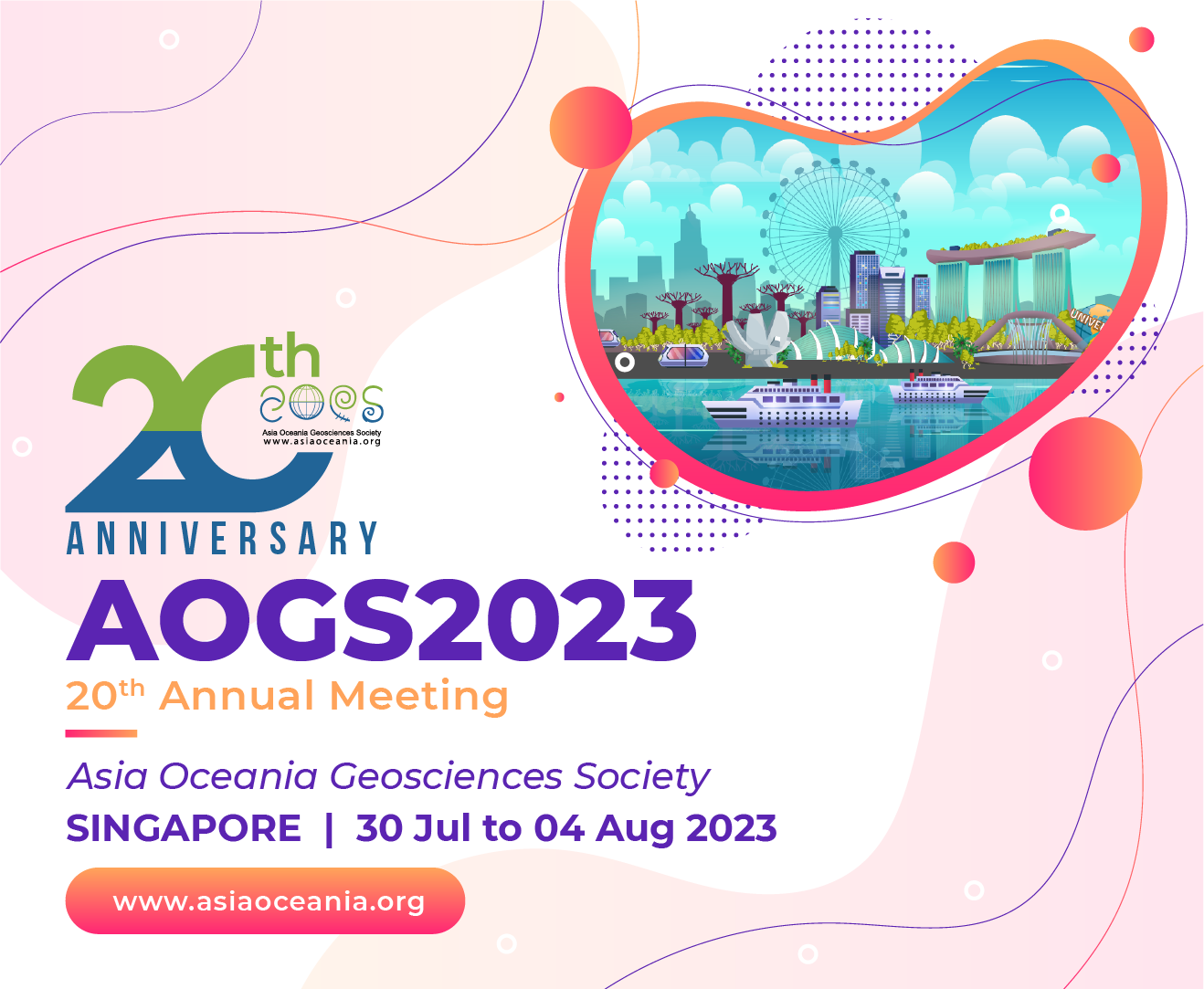

Fiona Seh-Lin KENG
Universiti Malaya
Fiona Seh-Lin Keng is a lecturer at the Institute of Ocean and Earth Sciences (IOES) at Universiti Malaya, Malaysia. She has a bachelor's science degree in biotechnology and went on to obtain a master's and PhD in algae trace gas research at Universiti Malaya. She graduated in the year 2021 and joined IOES as a lecturer in the same year. Her research is focused on the halocarbon emission from both farmed and natural seaweeds, and the interaction between algal emission and changes in the environment.
BG Kamide Lecture | 01 August (Tue) 08:15 AM – 10:00 AM | Level 3 MR310
Tropical Marine Algae: Halocarbon Emissions under Changing Environment
Abstract: Since the discovery of the Antarctic stratospheric ozone hole in 1985, there has been a growing scientific interest in the halocarbon species that can lead to ozone depletion. Despite being a crucial region for halocarbons in terms of atmospheric circulation, the tropics are underrepresented in halocarbon measurements, particularly for biogenic short-lived halocarbon compounds.
Marine emissions of short-lived biogenic halocarbons alter the composition and chemistry of the atmosphere, influencing local weather while adding to the global halocarbon burden and perhaps triggering stratospheric loss. The significance of emissions from tropical algae to the global halocarbon budget must be better understood. Concerning is the need for more in-depth information, especially in light of the changing environment. Given the looming climate change and the probable temperature rise, seaweed farming has the potential to grow into subtropical waters, which could increase halocarbon emissions.
While biogenic halocarbons from salt marshes, mangroves, marine macrophytes, and phytoplanktons are generally associated with defense and stress mechanisms, anthropogenic halocarbons are commonly employed in everyday life. Changes in the environment, such as irradiance, temperature, and pH, affect the release of short-lived halocarbons by macrophytes and phytoplankton in the ocean. Efforts to estimate the biogenic sources of these compounds, particularly those of marine origin, such as seaweeds, phytoplankton, and seagrass meadows, are frequently hampered by inherent biological variability in spatial and temporal emissions. The contribution of the coastal zone and oceans to the stratospheric load of halocarbons is the subject of extensive dispute. This emphasizes the need to comprehend the mechanisms influencing the release of these compounds from marine sources, for which we could benefit from more robust data for modeling purposes. As algae thrive in ever-changing environmental conditions in their natural habitat, examining the effect of environmental changes on the emission of short-lived halocarbons by tropical algae could assist in a more accurate estimation of the halocarbon budget.
